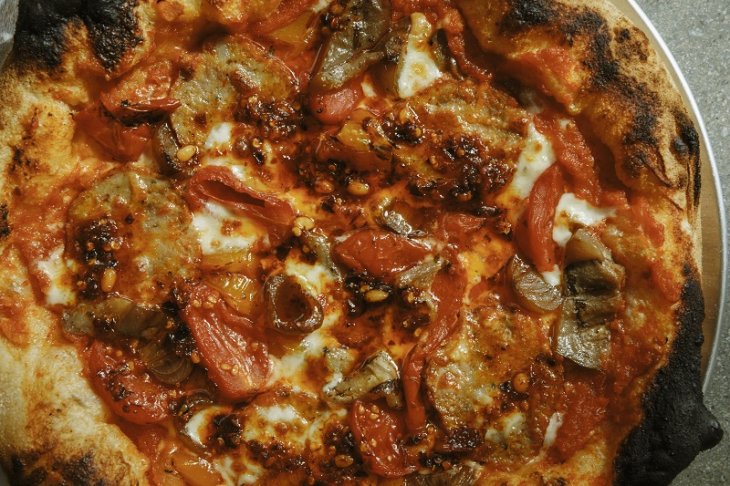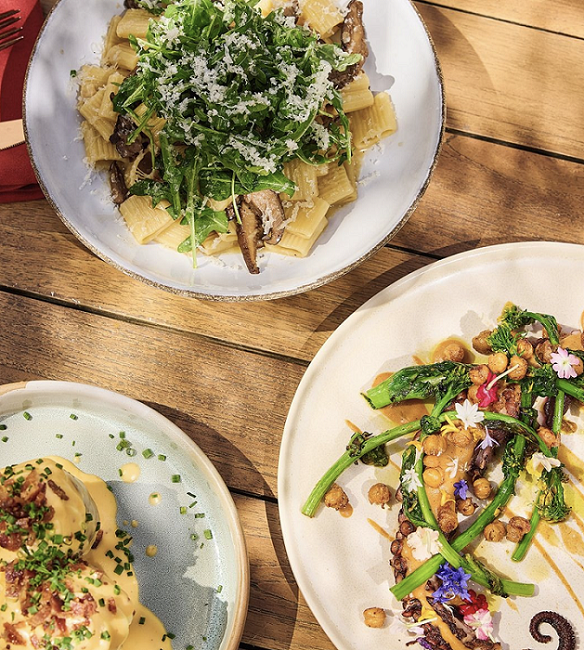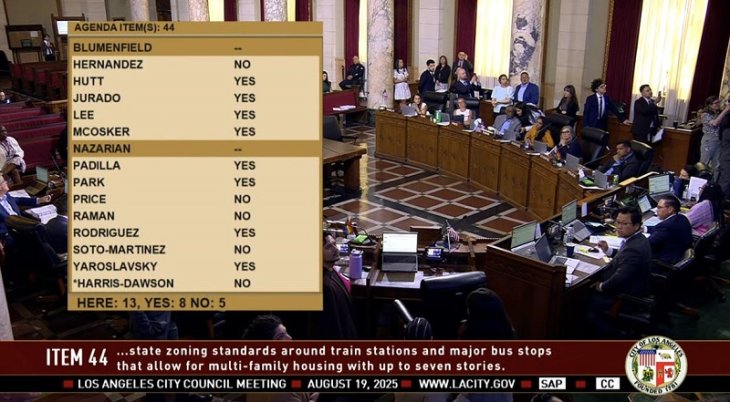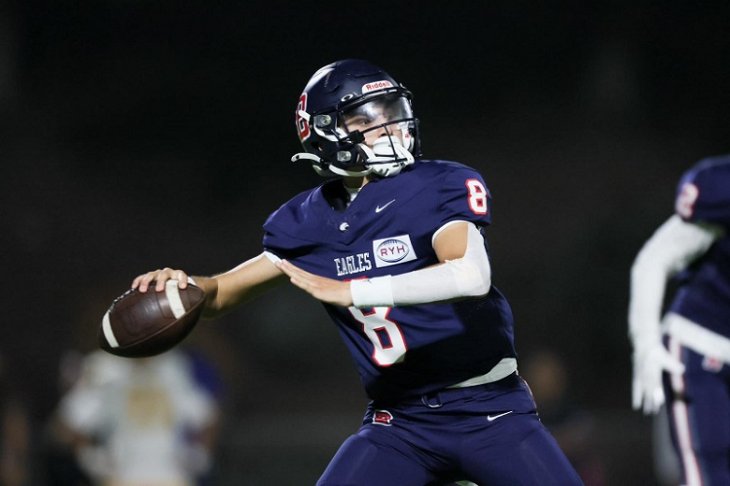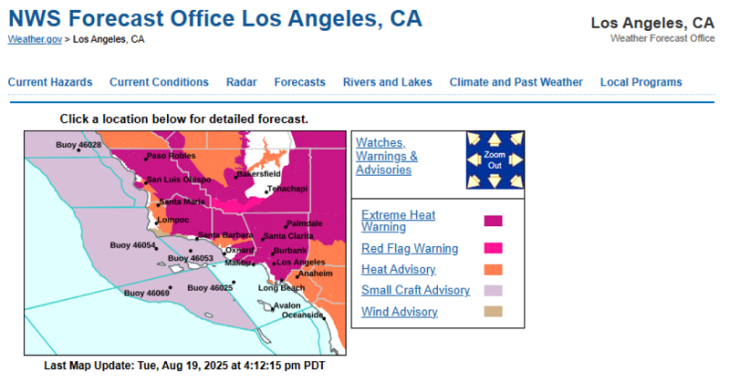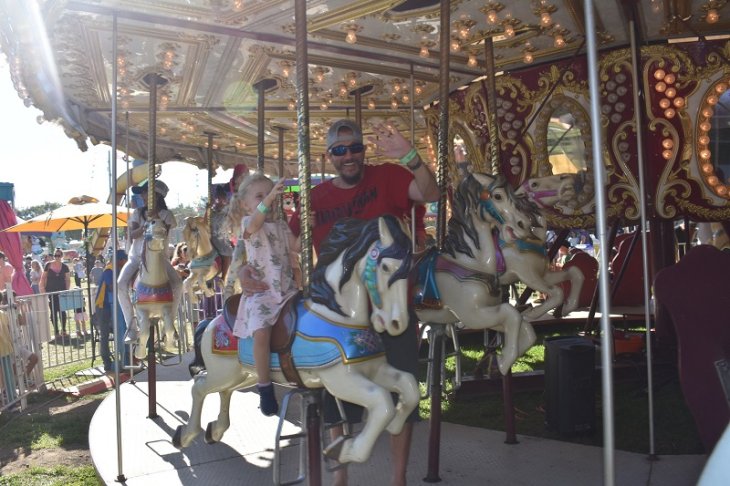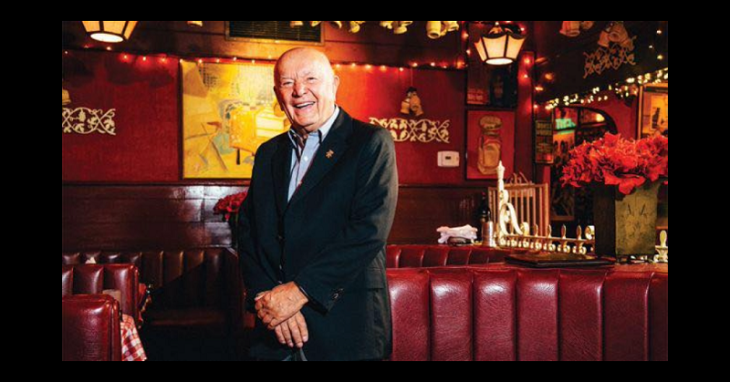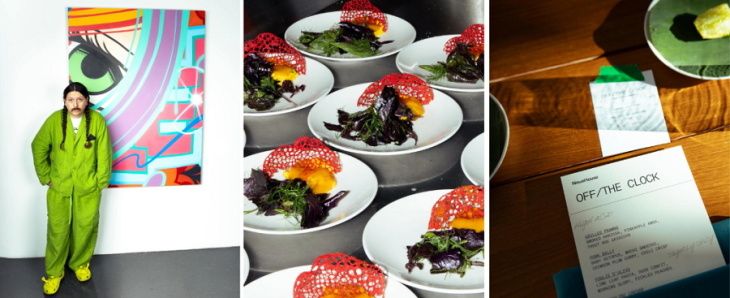The Penn State football team is scheduled to participate in the 61st Beef Bowl Wednesday at Lawry’s Prime Rib in Beverly Hills, one day before its opponent in Monday’s 103rd Rose Bowl Game, USC.
The Beef Bowl began in 1956 and is older than all but the Rose, Orange, Cotton, Sugar and Sun bowls. It is billed by organizers as college football’s most enduring pre-bowl game tradition.
Approximately 21,250 players and coaches have been honored at Beef Bowl events with more than 82,100 pounds of prime rib consumed, according to Todd Erickson, the event’s publicist and author of the 2005 book, Road to the Rose Bowl, which explores the Rose Bowl Game and the tradition of Lawry’s Beef Bowl through players’ and coaches’ recollections.
Both teams will be participating in Lawry’s Beef Bowl for the first time since 2008. The Trojans have made a record 22 Beef Bowl appearances.
Lawry’s Beef Bowl “is not about what team eats the most,” said Richard R. Frank, president and chief executive officer of Lawry’s Restaurants Inc.
“The purpose of the event is to honor champion student-athletes for their achievement as a team of making it to the Rose Bowl Game,” said Frank, whose late father, Richard N. Frank, conceived the Beef Bowl in 1956, shortly after becoming Lawry’s president.
“The meal is a large part of the celebration because these are young men with enormous appetites, but it’s more about celebrating together away from the practice field in a legendary setting.”
In the Beef Bowl’s early years, a prime rib eating competition was encouraged and it became extremely popular among the teams and news media covering it.
Its popularity was bolstered between the high correlation of winning the Beef Bowl and winning Rose Bowl Game. A story in the Jan. 11, 1965, edition of Sports Illustrated noted that each of the first nine Beef Bowl winners went on to win the Rose Bowl Game.
By 1969, the elder Frank felt the competition was not appropriate and there was too much emphasis on consumption and not the sheer enjoyment of a good meal and the celebratory nature of the event for each team.
The elder Frank renamed the event as the “Beef Scrimmage” to help the players and media understand it wasn’t a competition, but the name was changed back to the Beef Bowl two years later.
Beef Bowl attendees are allowed seconds “and that’s where we try to draw the line, though from time to time there are players who try to get around that rule,” the younger Frank told City News Service.
“The offensive linemen have been particularly persuasive in getting their smaller teammates, like defensive backs, to pass their second helping over to them.
The amount of beef consumed by each team is determined by multiplying the number of prime rib roasts consumed by the average weight of a roast, Erickson said.




